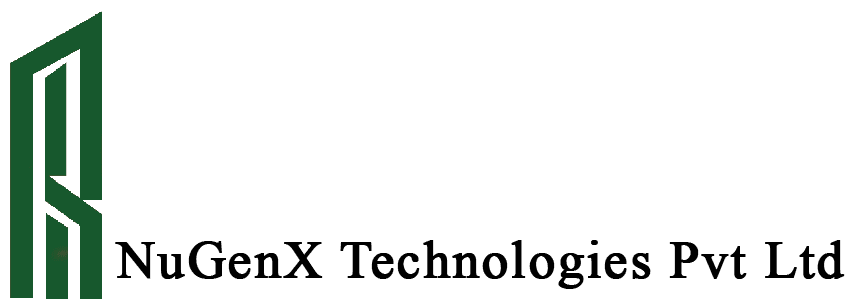Small Modular Reactor Integrator
Why worldwide interest in SMR
Global electricity consumption rose by nearly 1 100 terawatt-hours (TWh) in 2024, more than twice the annual average increase over the past decade.
Global electricity demand is rising rapidly, driven by extreme weather, industrial growth, transport electrification, and the data centre boom. While renewables dominate this growth, their reliance on weather makes them unreliable for continuous supply.
In 2024, 80% of the growth in global electricity generation was provided by renewable sources and nuclear power.
Nuclear power offers a green, stable baseload solution—ideal for powering energy-intensive sectors like AI and data centres.
Traditional nuclear plants, however, faced high costs, delays, and large land needs. Small Modular Reactors (SMRs) overcome these challenges with compact size, factory-built modules, faster construction, and lower costs. Typically under 300 MWe, SMRs combine scalability, safety, and sustainability.
With over 100 SMRs under development worldwide—and tech giants like Amazon, Microsoft, and Google investing billions—SMRs are set to transform the future of clean energy.
Benefits of SMRs
- Scalable: Deploy as demand grows
- Safe: Smaller size and advanced safety features reduce risk
- Green: Minimal waste and zero carbon base load power
- Cost-Effective: Comparable to renewables per unit
India's Advantage
- Decades of experience with 220 MWe PHWR reactors (India’s own SMR version).
- Low-cost manufacturing & trained manpower.
- Regulatory approvals faster via AERB (IAEA aligned).
- Ongoing Government mission: 100 GW nuclear by 2047, ₹20,000 Cr allocation for Bharat SMRs.
Challenges and Opportunities
Regulatory Hurdles
Challenge- SMRs face complex and time-consuming approvals.
Opportunity- India, with its proven 220 MWe PHWR experience, can help global players secure faster, lower-cost validations through AERB, recognized under IAEA.
Financial Viability
Challenge- High upfront costs slow adoption.
Opportunity- India’s engineering expertise and cost-efficient practices make implementation faster and more economical.
Public Perception
Challenge- concerns around safety and waste are common.
Opportunity- India’s track record of safe SMR operations offers a strong case for building global trust.
Supply Chain & Manufacturing
Challenge- Global SMR supply chains are still maturing.
Opportunity- India’s low-cost, high-quality manufacturing base can address this gap effectively.
Competition from Renewables
Challenge- SMRs must compete with cheaper solar and wind.
Opportunity- India’s reactors cost nearly one-third of Western models, making them highly competitive.
Trained Manpower
Challenge- A shortage of nuclear experts exists worldwide.
Opportunity- India produces skilled engineers annually and offers access to experienced retired scientists, creating a ready talent pool.
What services does Ravin NexGenX Technologies offer in energy technology infrastructure?
NuGenX Technologies provides customized solutions for solar power installation, energy storage systems, and grid management to enhance energy efficiency and sustainability.
How does NuGenX Technologies ensure the quality of its energy solutions?
Can Ravin NuGenX Technologies assist with renewable energy project planning?
Transform Your Energy Landscape
Explore innovative solutions tailored to enhance your energy infrastructure. Leverage cutting-edge technology to optimize performance and sustainability in Pune and beyond.
